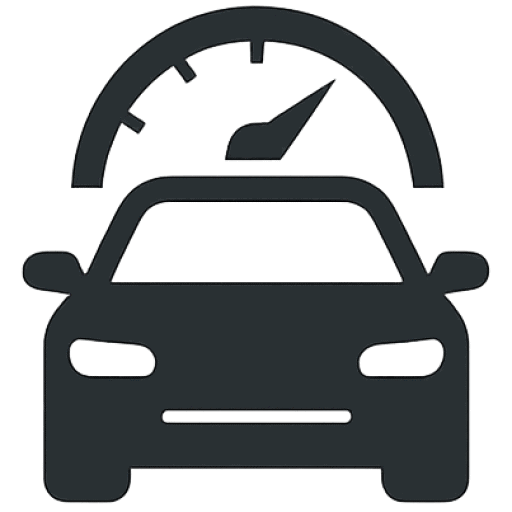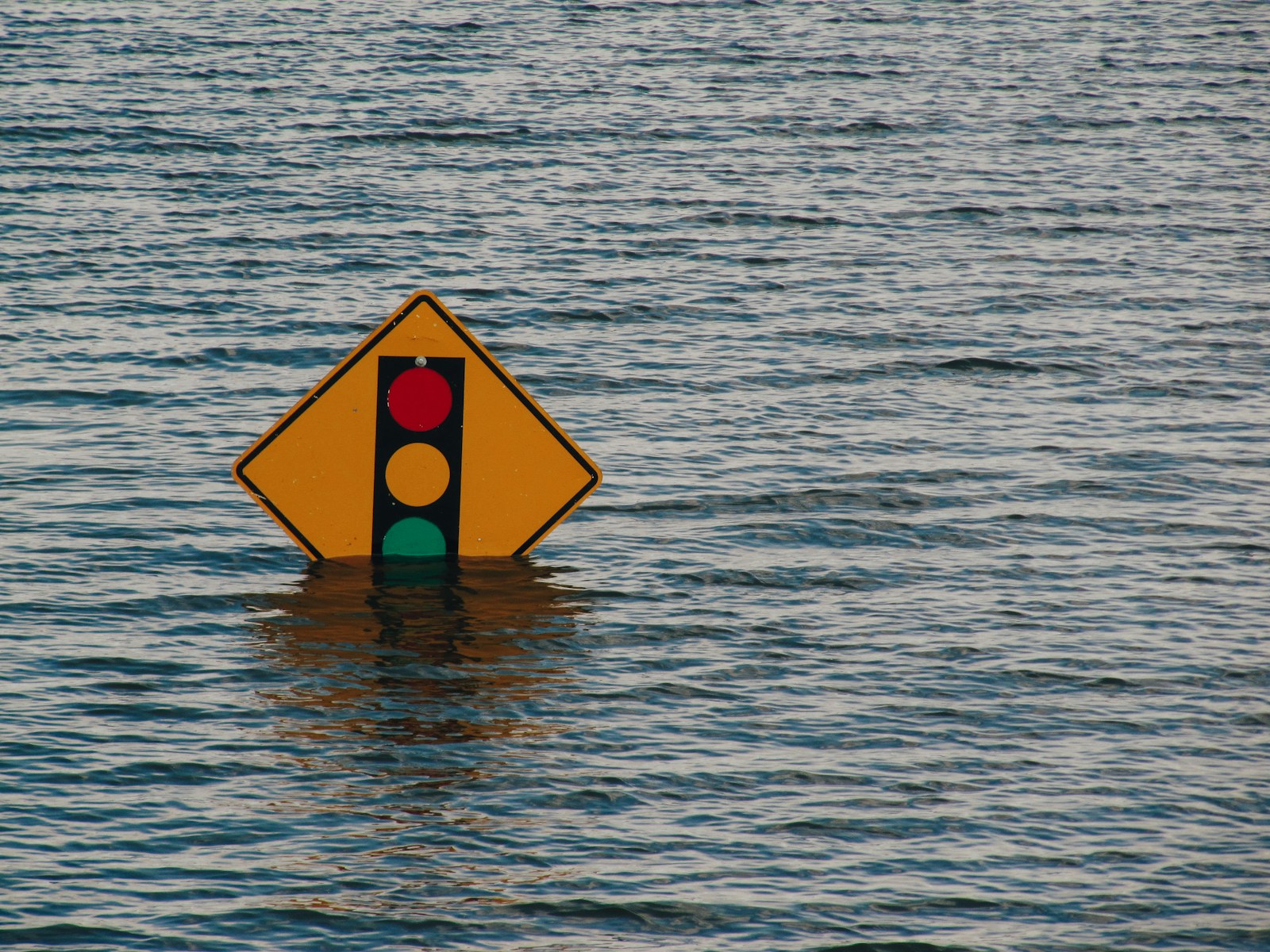If you’ve spent any time driving through Southern California—or anywhere else that deals with sudden, heavy rains—you know flash flooding isn’t a joke. The first instinct when hitting deep water might be to slam on your brakes in panic. But from personal experience (and lots of research after a particularly scary encounter), I can tell you this is actually one of the worst moves you could make.

So let’s dive into exactly why you shouldn’t brake suddenly in flooded conditions, what happens to your car when you do, and the safe actions you should take instead.
First Things First: Why You Shouldn’t Brake Suddenly in a Flood

Here’s a quick science lesson behind why slamming on the brakes in standing water is risky:
1. Hydroplaning Explained
When your tires encounter water faster than they can push it away, your vehicle begins to ride atop a thin film of water. This condition is called hydroplaning, and when it happens, you lose virtually all traction—making braking ineffective and dangerous.
2. Brake Lock-Up
If you slam on your brakes while hydroplaning, your tires could lock up—especially if your car doesn’t have modern ABS (anti-lock braking system). Locked-up wheels don’t slow you down; they make your car slide uncontrollably.
3. Loss of Steering Control
Without traction, your car won’t respond to steering inputs either. If you brake hard during flooding, you lose the ability to steer around hazards, putting yourself and others at risk.

In short, panic braking during flooding often results in losing control entirely—something I learned the hard way years ago. Trust me, it’s terrifying, and definitely something you want to avoid.
What You SHOULD Do: Safe Steps in Flood Conditions

Instead of slamming on the brakes, here’s the calm, correct sequence of actions:
✅ Step 1: Slow Down Gradually
Ease your foot off the accelerator as soon as you see flooding ahead. This reduces speed gently, helping maintain traction and giving you precious seconds to plan your next move.
✅ Step 2: Keep Your Wheels Straight
When driving through water, don’t steer abruptly. Holding your steering wheel steady and straight helps prevent losing directional control.
✅ Step 3: Test Your Brakes (Lightly)
If you have to brake, press lightly and gently to test traction. If your vehicle starts hydroplaning, gently release the brake and wait until you regain traction.
✅ Step 4: Keep Moving Slowly but Steadily
If the water isn’t dangerously deep and you’re already committed to going through it, maintain a slow, consistent speed. Stopping can allow water to enter your exhaust or intake system, stalling your engine and leaving you stranded.
✅ Step 5: Exit the Flooded Area ASAP
Your priority should always be getting to higher ground or out of the flooded area. Find an exit route quickly but safely.

What NOT to Do: Common Mistakes to Avoid

In addition to avoiding sudden braking, here are other mistakes people often make when encountering floods:
❌ Don’t Drive into Flooded Areas Blindly
“Turn around, don’t drown” is popular advice for a reason. If the water looks deep or you can’t gauge depth clearly, don’t chance it. Even six inches of moving water can sweep your car away.
❌ Don’t Stop in the Middle of Floodwater
Stopping increases your chances of engine flooding. If possible, continue moving at a steady, slow speed until safely clear.
❌ Don’t Use Cruise Control
Cruise control in heavy rain or flooding conditions is a huge no-no. It can automatically apply throttle, causing your wheels to spin uncontrollably if traction is lost.
Real-World Scenario: How I Handled an Unexpected Flood
A few winters ago, I was caught in a sudden flash flood near Santa Ana. Visibility dropped drastically, and standing water appeared faster than I could anticipate. Thankfully, I remembered exactly what NOT to do:
- I took my foot off the gas gently.
- Kept the steering wheel straight.
- Let my speed naturally decrease.
- Avoided braking unless absolutely necessary.
- Waited until I felt traction returning before gently braking again.
In less than a minute, I was clear of the flood. It was scary—but by following these steps, I avoided an accident and major damage to my car.
How to Prepare Your Car for Flood Emergencies

Preparation can help prevent situations where emergency braking even becomes an issue:
✅ Maintain Tires Properly
Good tires with deep treads drastically reduce hydroplaning risk.
✅ Crosslink: Best Tires for Wet and Dry Conditions
✅ Ensure Brakes Are Healthy
Regular brake inspections and maintenance help ensure reliable stopping performance.
✅ Crosslink: How Often Should You Replace Brake Pads?
✅ Check Wipers and Lighting
Visibility is critical during floods. Proper wipers and strong headlights help you react calmly rather than panic braking.
✅ Crosslink: Preparing Your Car for Monsoon Rains
Quick Safety Checklist for Flood Emergencies

Here’s a recap you can screenshot or bookmark:
| Action | Do ✅ | Don’t ❌ |
|---|---|---|
| Encountering water ahead | Slow gradually | Brake suddenly |
| Approaching standing water | Assess depth carefully | Rush blindly into water |
| Driving through floodwater | Maintain steady speed | Stop mid-water |
| Steering | Keep wheels straight | Sharp or abrupt steering |
| Braking | Gentle brake tests | Full-force braking |
FAQs: Handling Emergency Braking in Flood Conditions

Q: What if my car stalls in flooded water?
A: Immediately try to restart once. If unsuccessful, leave the vehicle safely and move to higher ground.
Q: How deep is “too deep” to drive through?
A: Six inches or more of standing water can flood many cars. Always err on the side of caution.
Q: Will anti-lock brakes help in flooding?
A: ABS can help maintain control, but it doesn’t prevent hydroplaning entirely. Slow down first.
You Might Also Like:
- What to Keep in Your Car Emergency Kit
- Top Rated Windshield Wipers for Heavy Rain
- Preparing Your Car for Monsoon Rains in SoCal
- How to Improve Your Car’s Visibility in Rain
Southern California’s flash floods might not be as notorious as hurricanes or tropical storms, but trust me: panic braking during flooding is just as dangerous here as anywhere else. Stay calm, ease off the gas, maintain gentle braking pressure only if needed, and always plan ahead for safe, careful driving. Your car (and your insurance bill) will thank you later.
Let’s Talk Cars
Have a question? A suggestion? Just want to say hi?
You’re in the right place.
Use the form below to reach out to the AutoSpecs Daily team. We're happy to hear from readers, car lovers, first-time buyers, and anyone who's got something to share.
What can you contact us about?
- Feedback on one of our articles
- Ideas for new topics you'd like us to cover
- Questions about cars, gear, or general auto advice
- Media, partnership, or brand inquiries
- Anything else that's on your mind
We check every message that comes through and do our best to respond within 2 to 3 business days.
We don’t list an email address here to avoid spam, but the contact form is the best and fastest way to reach us.
Thanks for stopping by. We're glad you're here.

